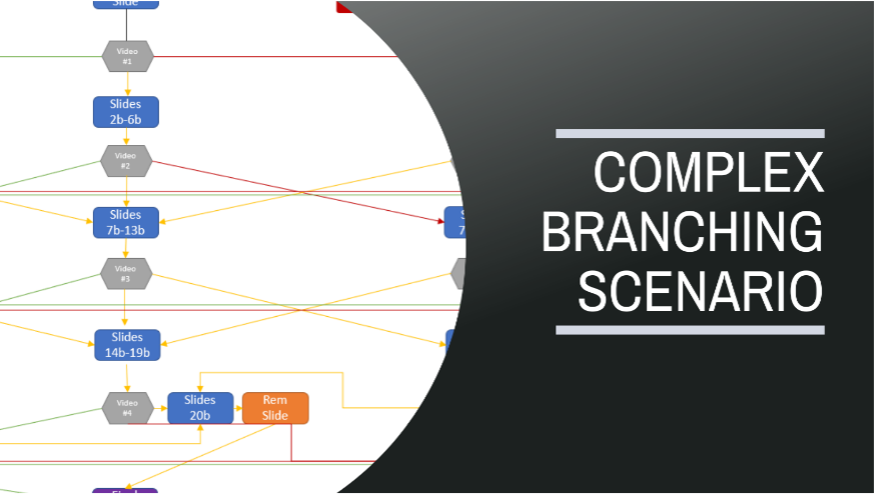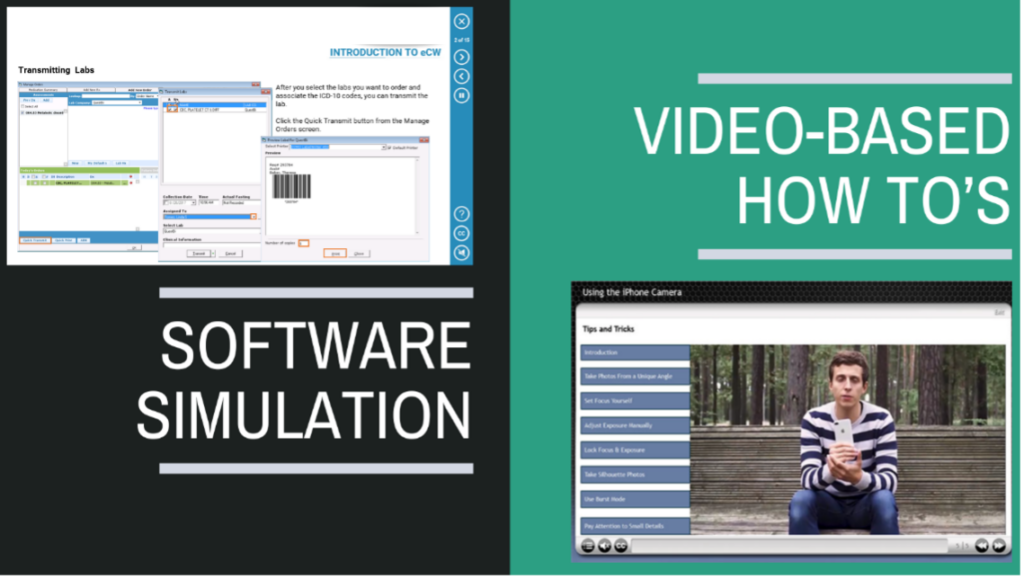In the ever-changing world of education and training, adaptability is paramount. Balancing traditional methods with emerging innovations, all while staying on budget and on schedule is a challenge. But is the high-cost, time-intensive approach always the best? Or is there room for agile, cost-effective alternatives?
For learning professionals, offering alternatives isn’t just a trend — it’s a necessity. Clients seek impactful learning without straining their budget or timeline. Whether it’s online or blended learning, the focus is clear: efficient and effective alternative solutions are in demand.
The Shift in Learning Dynamics
Modern learners, from corporate employees to students, desire engaging, relevant, and efficient experiences. They want solutions that fit seamlessly into their busy lives without skimping on quality.
Conversely, clients want value for money. They’re cautious of lengthy timelines and substantial budgets, preferring swift, cost-effective solutions. This dual demand is reshaping the learning industry. It’s not just about content; it’s about crafting impactful, timely, and affordable learning experiences.
Let’s dive into some of these options.
Complex Branching vs. Scenario-Based Using Intrinsic Feedback
One way to integrate scenarios in a course is to develop a complex branching scenario. Complex branching scenarios are like a web of interconnected decision points. They offer learners a multi-path journey, where each choice leads to a distinct outcome with delayed or no feedback, mirroring real-world situations. While they offer many advantages such as providing an immersive experience, real-world application, and deep learning they are also challenging and expensive to create.

Crafting a well-thought-out branching scenario can be time-consuming, given the intricacies involved in plotting multiple paths and outcomes. In addition, for some learners, intricate branching can be overwhelming and thereby affect their ability to comprehend the material.
However, you can create a similar experience that is much more time and budget friendly. Using a more streamlined approach, you can create scenario-based learning with intrinsic feedback. Learners are presented with situations and make decisions, but instead of branching outcomes, they receive immediate, inherent feedback based on their choices.
Case Study: Credit Union Creates Compassion-Centered Conversations Using Scenario-Based Gamification

Using direct reinforcement, you can ensure that learners understand the rationale behind decisions and can course correct at once. The design is also simple and can be developed rapidly.
Both approaches have their advantages. The choice between them should hinge on the learning objectives, target audience preferences, and available development and budget resources.
Innovative Tip: The biggest bonus with this alternative solution is you can still create a very engaging and interactive journey for the end-users quickly and offer your client significant cost-savings.
How-To Tutorials: Simulations vs. Videos
This example compares complex software simulations vs. video-based tutorials. Software simulations, especially those that include practice exercises, offer learners a firsthand experience in a controlled, risk-free environment. They are a fantastic way to allow students to explore interfaces, test features, and practice tasks without any real-world consequences.

They are interactive and lead to an elevated level of understanding and retention. However, the creation of detailed and accurate simulations can be time-consuming, require specialized tools and development skills, and it is costly not only to develop but also to integrate any software updates to ensure the training is up to date.
Instead, you could consider recommending the use of video-based how-to tutorials that include screen definitions and bookmarked segments. The tutorials could include visual guidance on software functionality; videos can be paused, rewound, replayed, and allow learners to move at their own pace.
The use of video can make complex processes easier to understand, allow learners the flexibility to revisit specific segments as needed, and can be produced quickly. While videos are typically passive, there are tools, like Adobe Captivate, that allow you to use interactive video so you can integrate questions, challenges, etc. at certain points in the video to reinforce learning. You can also create interactive PDFs that go along with the videos to supply screen and field definitions that are clickable and include more information or jump to another section in the document to supply additional support.
Innovative Tip: Video How-To’s are also a very cost-effective choice for clients to consider and, when done well, can provide the learners with an incredible resource to use for training and as a just-in-time reference.
Beyond the Norm: Alternative Solutions
Exploring diverse solutions is key. Consider:
- Microlearning: Bite-sized, on-demand lessons.
- Gamified Modules: Boosting motivation through gaming elements (e.g., leaderboards, badges, forums).
- Open-Source Platforms: Community-driven resources and collaborative learning.
There’s no one-size-fits-all. The goal is to tailor solutions to learners’ and clients’ unique needs.
The landscape of learning is vast and varied. By embracing flexibility and innovation, we can offer top-notch solutions without excessive costs or long timelines. As we navigate this dynamic field, let’s prioritize adaptability, value, and impact. It’s time to explore, innovate, and deliver the best to our clients.







